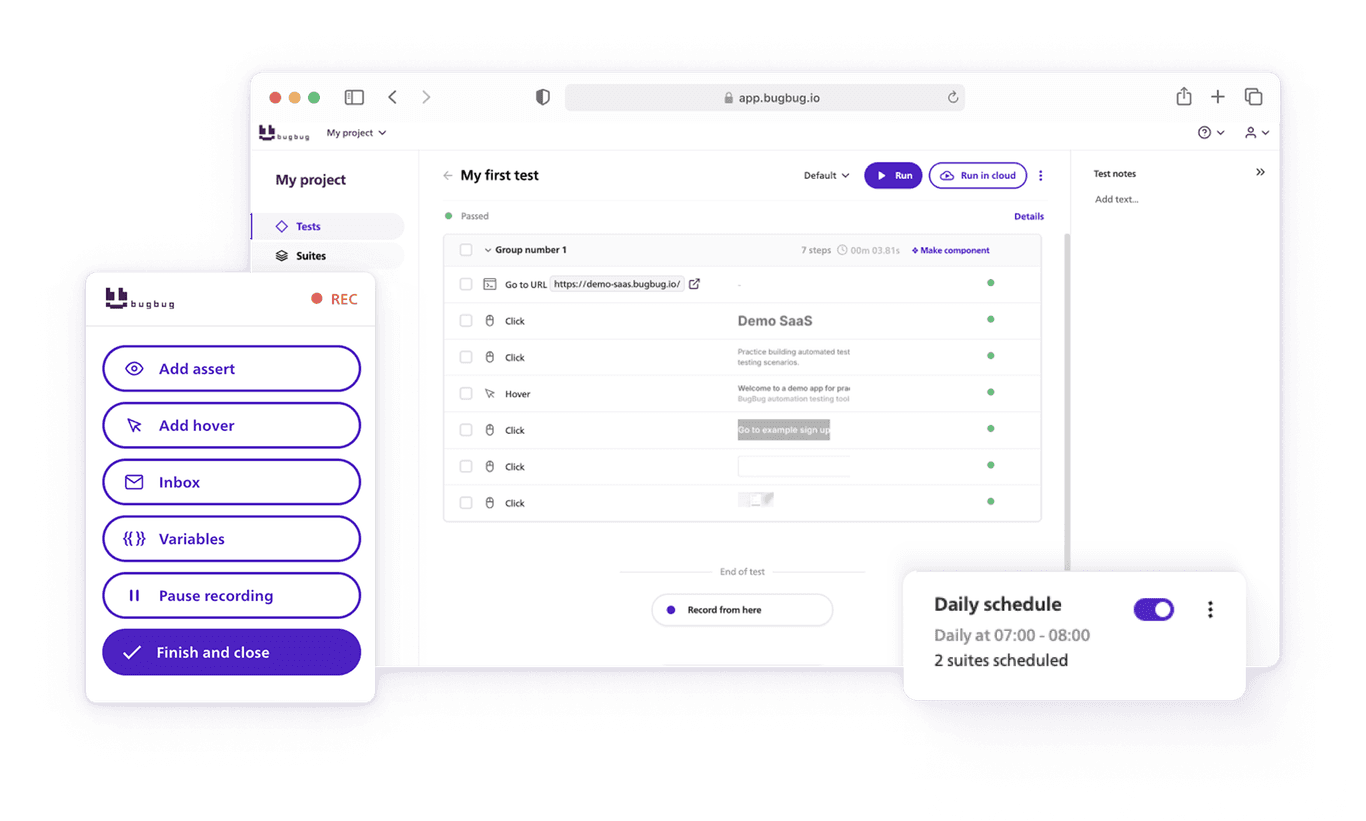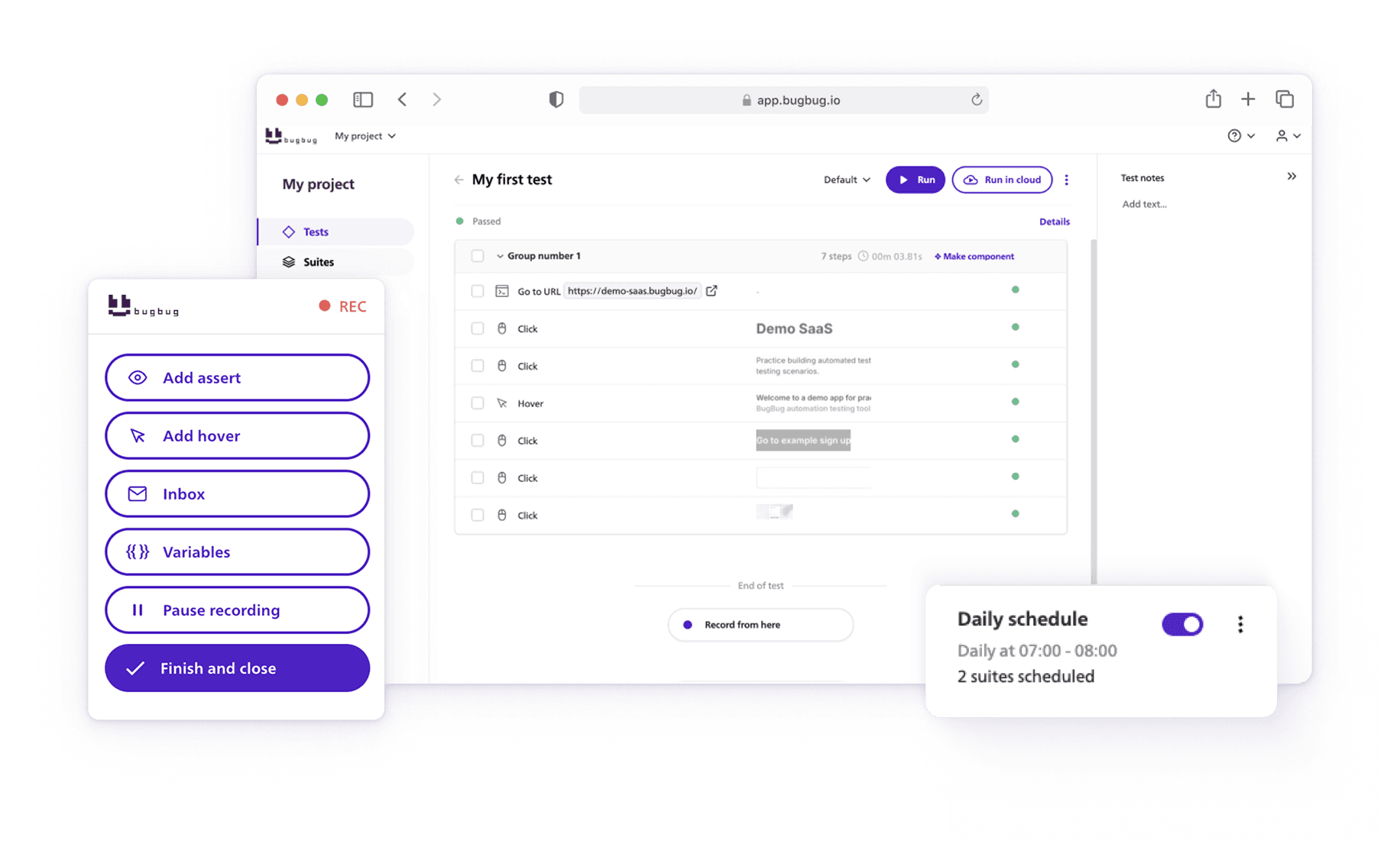🤖 Summarize this article with AI:
💬 ChatGPT 🔍 Perplexity 💥 Claude 🐦 Grok 🔮 Google AI Mode
Software testing isn’t what it used to be. From traditional QA teams to cross-functional DevOps squads, testing now touches nearly every part of the software development process.
With so many software testing tools available, choosing the right one can feel overwhelming. The right test automation tools can significantly impact your software's quality by supporting diverse testing capabilities and processes.
- TL;DR - Top Testing Tools in 2025
- BugBug – Best Web Application Testing Tool
- Playwright – Best Testing Framework
- Optimizely – Best A/B Testing Tool
- Appium – Best Mobile App Testing Tool
- k6 – Best Load Testing Tool
- Percy – Best Visual Regression Testing Tool
- Postman – Best API Testing Tool
- Testim – Best Continuous Testing Platform
- TestRail – Best Test Management Tool
- Selenium – Best Open-Source Testing Tool
- Cucumber - Best BDD Testing Tool
- ZAP - Best Security Testing Tool
- axe DevTools - Best Accessibility Testing Tool
- Final Thoughts
- Top Testing Tools - FAQ
That’s where we come in. Instead of listing dozens of tools, we picked the best test automation tool in each key category—from functional UI testing to cross device testing, from unit testing to end to end testing—while emphasizing the importance of evaluating each tool's testing capabilities and how they support various testing processes.
Whether you’re creating simple test scripts or managing complex test scenarios, there’s something here to help you scale your testing efforts and enhance testing efficiency.
These tools are great for teams looking to boost test coverage, automate functional testing, streamline test development, and improve software quality across operating systems, devices, and frameworks.
TL;DR - Top Testing Tools in 2025
-
BugBug – Best for fast, codeless web app testing; great for functional UI and acceptance testing, but limited to Chromium browsers.
-
Playwright – Powerful open-source framework for cross-browser, end-to-end testing; ideal for developers comfortable with coding.
-
Optimizely – Comprehensive A/B and multivariate testing platform; best for data-driven experimentation at scale.
-
Appium – Open-source mobile automation for iOS and Android; works on real devices and emulators.
-
k6 – Script-based load testing tool built for CI/CD; strong for performance testing at scale.
-
Percy – Automated visual regression testing; ensures UI consistency across builds.
-
Postman – Popular API testing platform; great for functional, integration, and exploratory testing.
Check also:
BugBug – Best Web Application Testing Tool
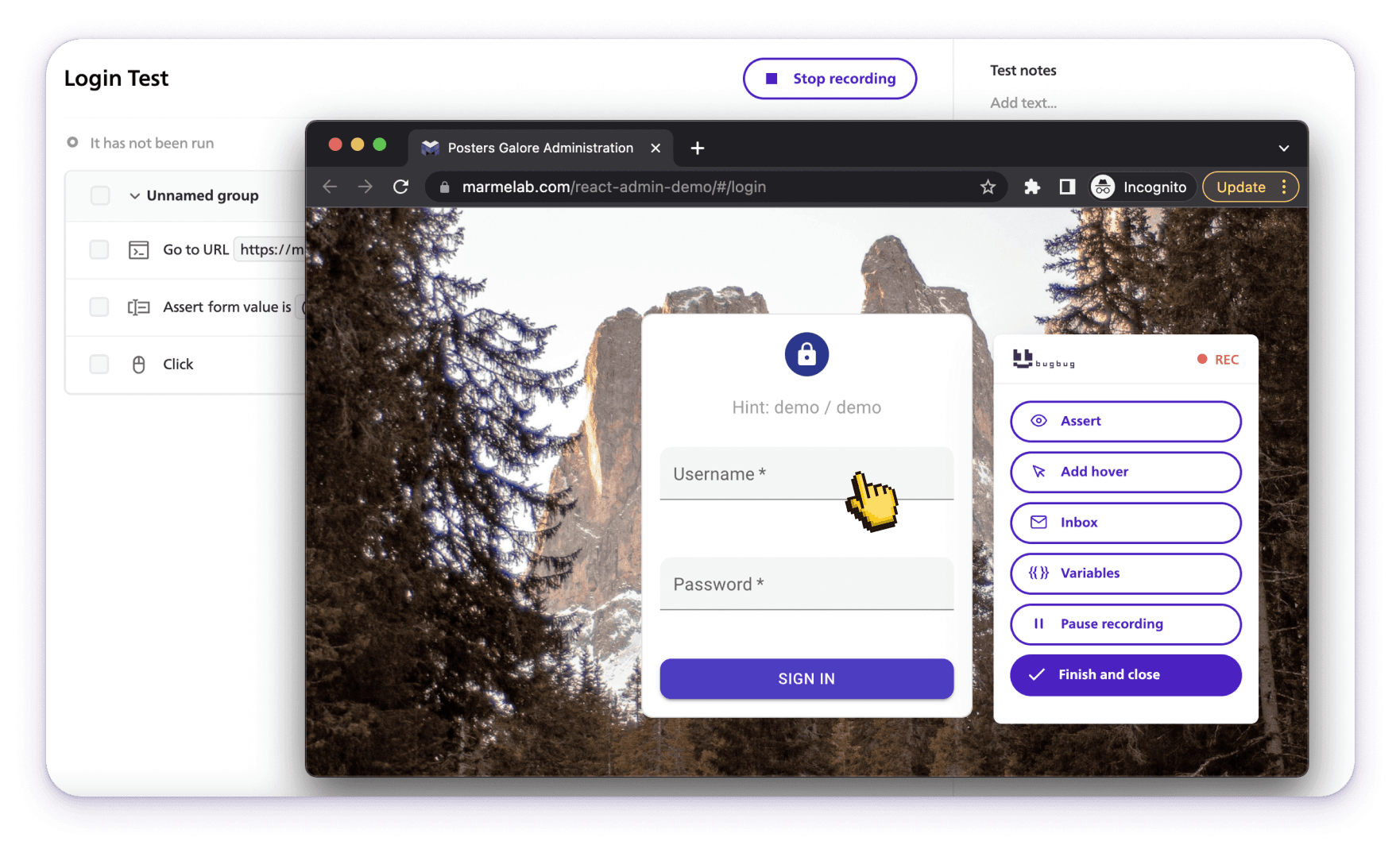
BugBug is a lightweight, codeless automation testing tool built for fast, flexible test creation. It allows you to create tests in a visual editor, making it easy to create and manage each test case, and execute them across your web applications without any extensive coding skills.
Why it’s great:
- No coding required to create or maintain test scripts
- Smart “Edit & Rewind” feature helps quickly fix broken steps
- Perfect for functional UI testing and acceptance testing
- Designed for fast feedback during test development, with streamlined test execution
Pros:
- Reusable test scripts and easy step-by-step editing
- Enhances testing efficiency with minimal setup
- Can record and simulate user interactions for more realistic testing
Cons:
- Limited to Chromium-based browsers
- Lacks mobile and desktop testing features
Best for: startups, solo testers, non-technical QA teams
Use it to enhance testing efficiency, increase test coverage, and eliminate bottlenecks in your testing process.
Automate your tests for free
Test easier than ever with BugBug test recorder. Faster than coding. Free forever.
Get started
Playwright – Best Testing Framework

Playwright is a powerful open-source framework designed for fast, cross-browser testing. It supports multiple programming languages and is great for building robust end to end testing pipelines.
Why it’s great:
- Supports asynchronous testing, multiple tabs, and parallel execution; enables parallel test execution and running parallel tests to speed up automated tests
- Works across Chromium, Firefox, and WebKit
- Useful for functional testing and complex test scenarios
Pros:
- Efficiently manages automated tests with parallel test execution
- High stability and speed
- Built-in debugging and detailed test reports
Cons:
- Requires knowledge of programming languages
- Less beginner-friendly than codeless tools
Best for: developers and QA engineers who want full control over their test automation tool stack
Optimizely – Best A/B Testing Tool

Optimizely isn’t just an A/B testing platform; it’s also a software testing tool for experimentation. It’s a comprehensive testing solution for experimentation, offering everything from multivariate tests to feature flags.
Why it’s great:
- Client-side and server-side experimentation
- Real-time test results and analytics
- Seamless integration into modern CI/CD pipelines
Pros:
- Great for scaling experimentation
- Allows detailed test analysis of user behavior
Cons:
- More expensive than other tools
- Might be overkill for simple use cases
Best for: product teams, growth hackers, and anyone running data-driven experiments
Appium – Best Mobile App Testing Tool

Appium is an open-source tool for testing native, hybrid, and mobile web applications, including mobile applications and mobile apps. It allows you to run the same test scripts across both iOS and Android.
Why it’s great:
- Supports multiple programming languages
- Works on real devices and emulators
- Great for both functional and integration testing
Pros:
- Strong community support
- Great for cross device testing
- Excellent for mobile testing, enabling automated testing of mobile apps and mobile applications across different devices and operating systems
Cons:
- Slower than SaaS-based testing platforms
- Setup and test data management can be complex
Best for: QA engineers working across diverse mobile environments
k6 – Best Load Testing Tool
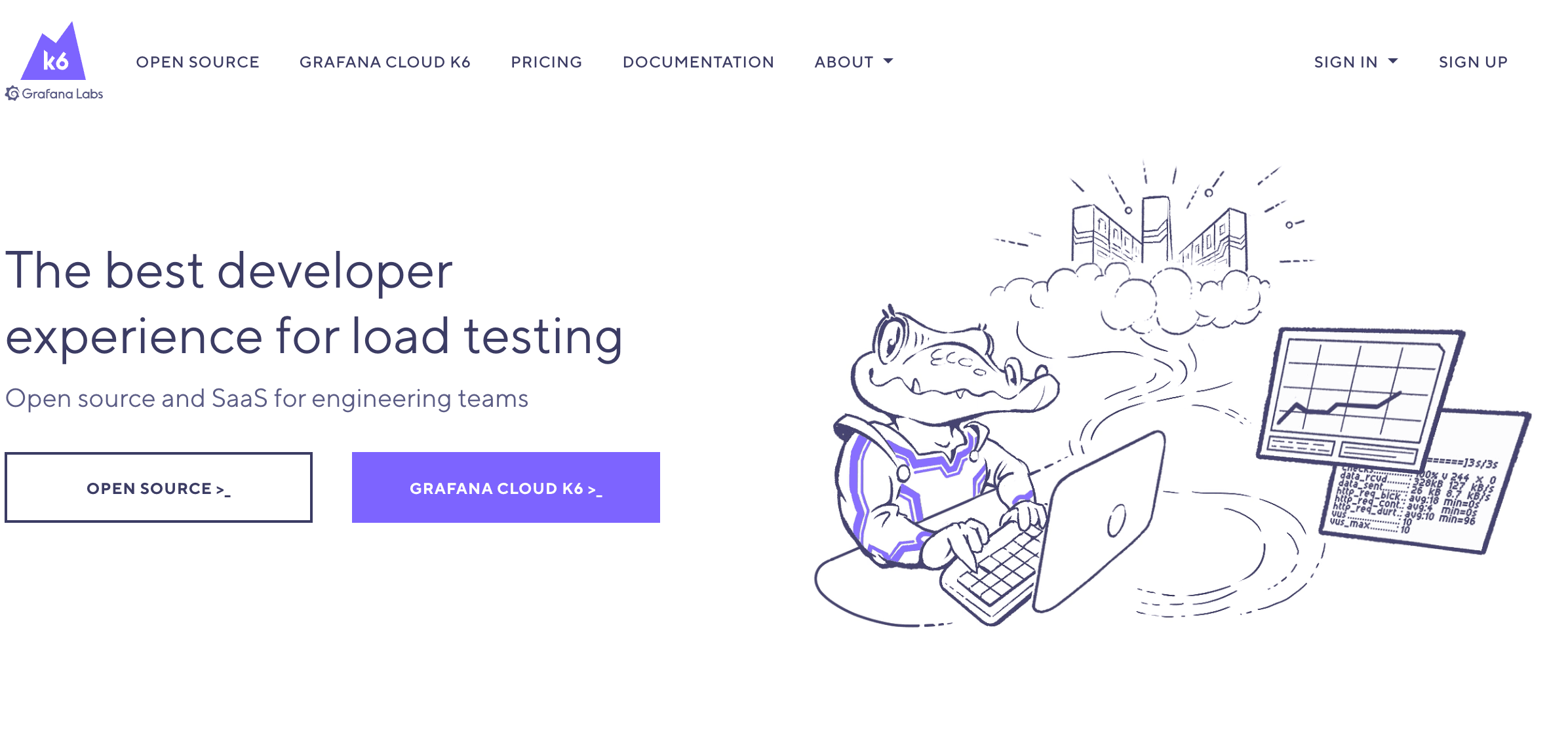
When it comes to performance and test scalability, k6 is a developer-favorite. This tool helps simulate traffic and test backend stability, and allows you to run multiple tests to assess performance under various conditions.
Why it’s great:
- Script-based load testing with JavaScript
- Built for CI/CD and DevOps pipelines
Pros:
- Highly programmable for data-driven testing
- Supports large-scale test scenarios
Cons:
- Requires scripting
- No GUI for test creation
Best for: backend developers and DevOps engineers who want to scale testing efforts efficiently
Percy – Best Visual Regression Testing Tool

Percy automates visual testing by comparing screenshots of web applications and flagging changes. It’s a great addition for teams focused on software quality and brand consistency.
Why it’s great:
- Detects visual regressions between builds
- Highlights UI changes automatically
- Expands your team's testing capabilities with automated visual checks
Pros:
- Tight integration with GitHub, Cypress, and other tools
- Helps maintain pixel-perfect UI across updates
Cons:
- Visual diffs can sometimes be noisy
- Paid plans needed for large test suites
Best for: frontend teams, design QA, and customer-facing web apps
Postman – Best API Testing Tool

Postman is widely known as the top platform for building, running, and automating API tests, making it one of the most popular test automation tools for API testing.
Why it’s great:
- Automated testing tool for APIs
- Useful for functional, integration, and data driven testing
Pros:
- Excellent for exploratory and regression testing
- Great test performance and detailed test reports
Cons:
- UI can feel bloated with complex projects
Best for: developers and testers validating API endpoints in web and mobile software applications
Testim – Best Continuous Testing Platform

Testim is a low-code automation tool that uses AI to speed up test creation and maintenance.
Why it’s great:
- Smart locators reduce flakiness in test scripts
- Designed to work with CI/CD and agile workflows; seamlessly integrates with CI CD tools to automate and streamline testing processes
Pros:
- Ideal for thorough testing of dynamic UIs
- Scales easily across large teams
Cons:
- Less transparent due to AI logic
Best for: enterprise QA teams looking to optimize their testing processes
TestRail – Best Test Management Tool
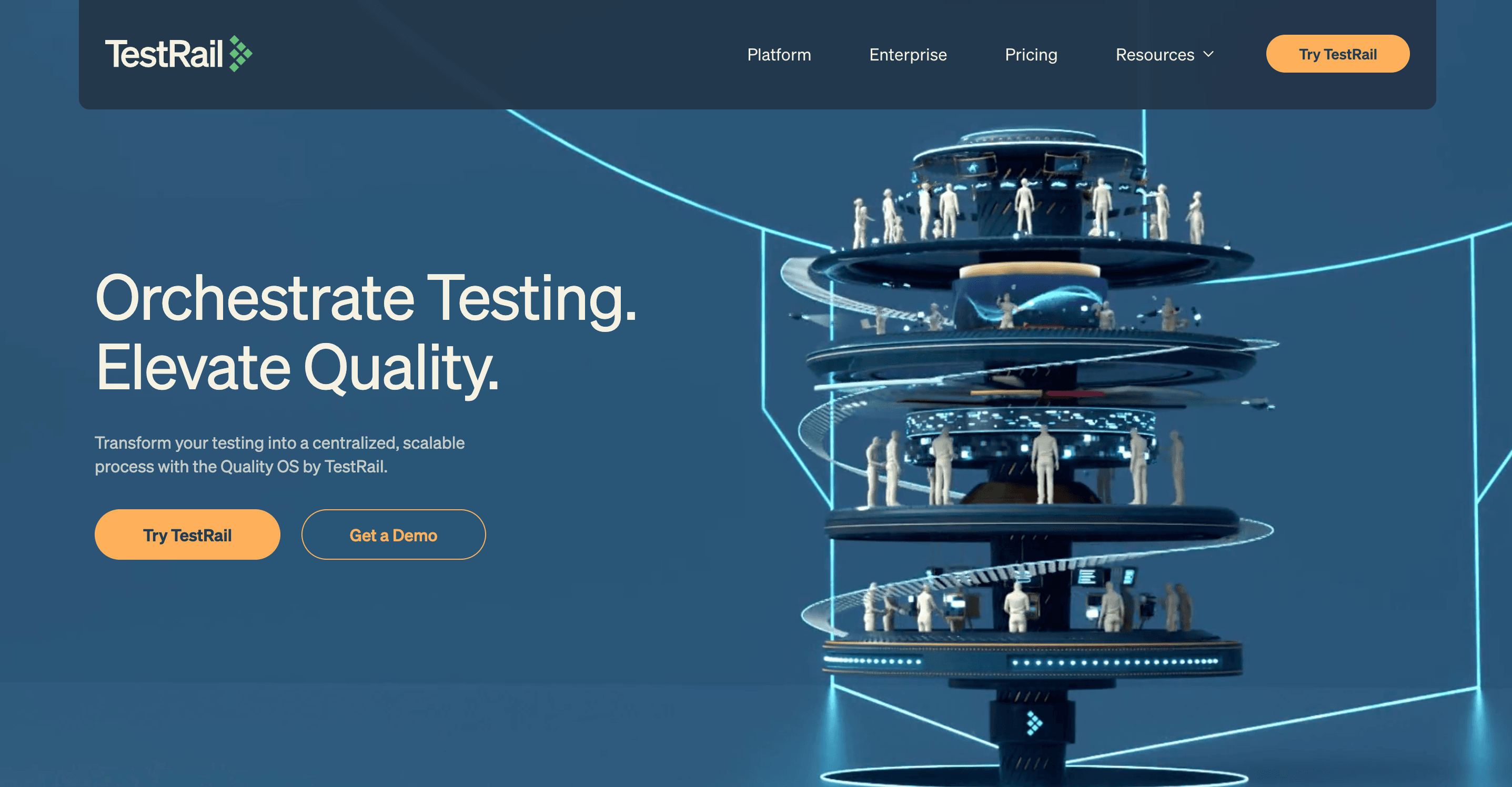
TestRail gives structure to your test efforts, helping manage and streamline testing processes for teams. It combines test planning, test analysis, and execution tracking in one place.
Why it’s great:
- Organizes manual testing and automated testing workflows in one platform
- Customizable dashboards and metrics for analyzing test results
Pros:
- Helps manage thousands of test cases and complex test scenarios
- Integrates with CI/CD pipelines and popular automation testing tools
- Facilitates team collaboration and review of test results in real time
Cons:
- Interface could be more modern and responsive
- Steeper learning curve for new users managing large-scale projects
- Advanced reporting and integrations may require higher-tier plans
Best for: regulated industries, large QA teams, and complex testing environments
Automate your tests for free
Test easier than ever with BugBug test recorder. Faster than coding. Free forever.
Get started
Selenium – Best Open-Source Testing Tool

Selenium is still the most flexible and widely-used open-source automation testing tool out there. It’s the foundation for many other testing tools and frameworks.
Key features:
- Supports multiple programming languages
- Used for both web testing and integration testing
- Enables end to end tests across browsers, simulating real user scenarios for comprehensive coverage
Pros:
- Highly customizable
- Strong community support
Cons:
- Complex test scenarios require strong coding skills
- High maintenance overhead for test scripts
Best for: engineers building tailored testing frameworks for web applications
Cucumber - Best BDD Testing Tool

Cucumber is the most widely adopted BDD (Behavior-Driven Development) tool and integrates smoothly into test automation pipelines.
Why it's great:
- Uses Gherkin syntax, which is easy to understand for both technical and non-technical stakeholders
- Bridges the gap between product, QA, and development teams
- Supports integration with many test automation frameworks (Selenium, Playwright, Cypress, etc.)
Pros:
- Encourages collaboration by making test scenarios human-readable
- Works with multiple programming languages (Java, JS, Ruby, etc.)
- Active community and plugin ecosystem
Cons:
- Requires effort to maintain larger test suites
- Not ideal for teams without BDD process maturity
- Some overhead in syncing business logic with test automation
Best for: Agile teams practicing collaborative acceptance testing and shifting left
ZAP - Best Security Testing Tool
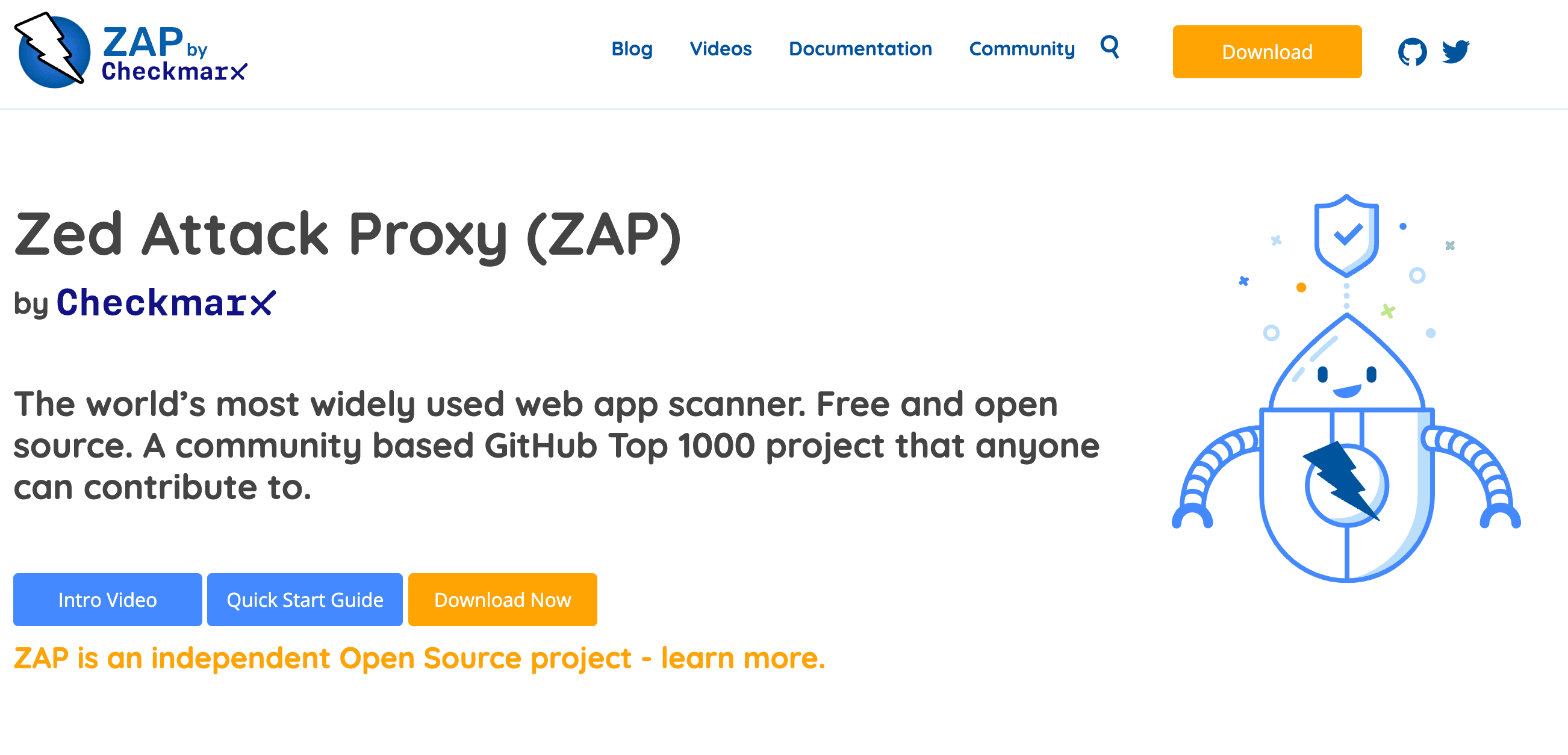
OWASP ZAP (Zed Attack Proxy) is a free, open-source security testing tool developed by the Open Web Application Security Project. It’s widely used for finding vulnerabilities in web applications.
Why it's great:
- Ideal for penetration testing and scanning OWASP Top 10 vulnerabilities
- Works for both beginners and security professionals
- Can be automated or used manually via its UI
Pros:
- Free and open-source
- Supports active and passive scanning
- Large community and documentation
Cons:
- Less suited for mobile or API-specific testing
- UI feels dated
- Requires a learning curve to fully leverage automation scripts
Best for: QA engineers and devs wanting to integrate security checks into their test strategy
axe DevTools - Best Accessibility Testing Tool
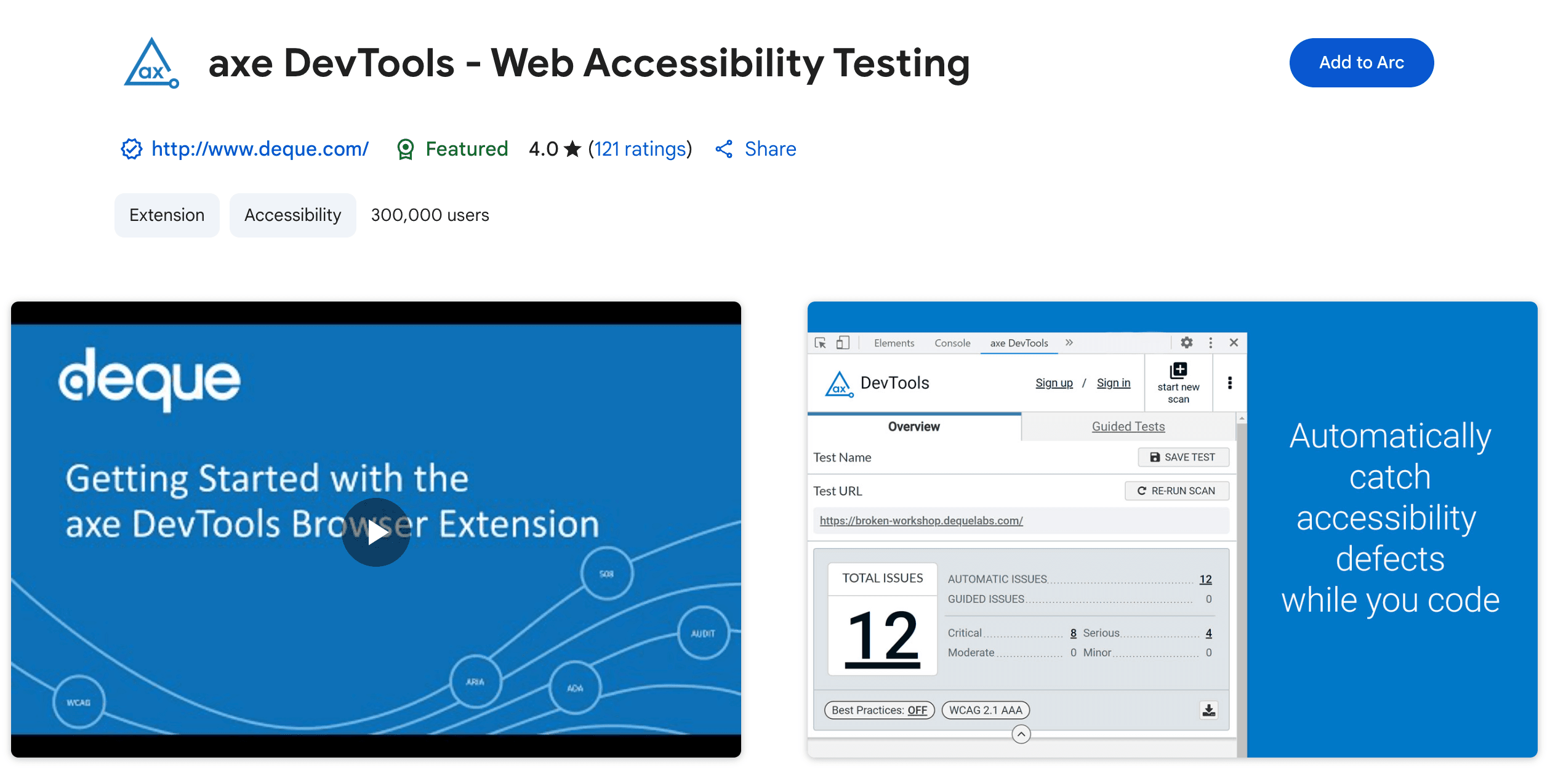
axe DevTools by Deque is a browser extension and developer toolkit that automates accessibility testing for web applications.
Why it's great:
- Scans pages for WCAG compliance issues
- Offers in-browser guided remediation suggestions
- Can be integrated into CI/CD and test automation workflows
Pros:
- Easy to use (Chrome & Firefox extensions available)
- Fast identification of accessibility violations
- Integrates with Selenium, Cypress, and other testing tools
Cons:
- Free version has feature limits
- Doesn’t test screen reader behavior (must be complemented with manual testing)
- Enterprise plan required for full automation and CI/CD integration
Best for: Dev and QA teams aiming to embed accessibility into their functional testing process
Final Thoughts
Whether you're conducting manual testing or seeking an automated testing tool to enhance software quality, the right tool can make all the difference.
From codeless tools like BugBug, to frameworks like Playwright, or comprehensive testing solutions like Testim, there’s no shortage of great options.
Think about your team’s needs: Do you need visual testing? Do you want to create tests without writing code? Are you testing across different operating systems? Choosing wisely will help ensure comprehensive test coverage and more efficient test performance.
✅ Want something easy to start with? Try BugBug to improve your functional testing without the headaches.
Happy (automated) testing!

